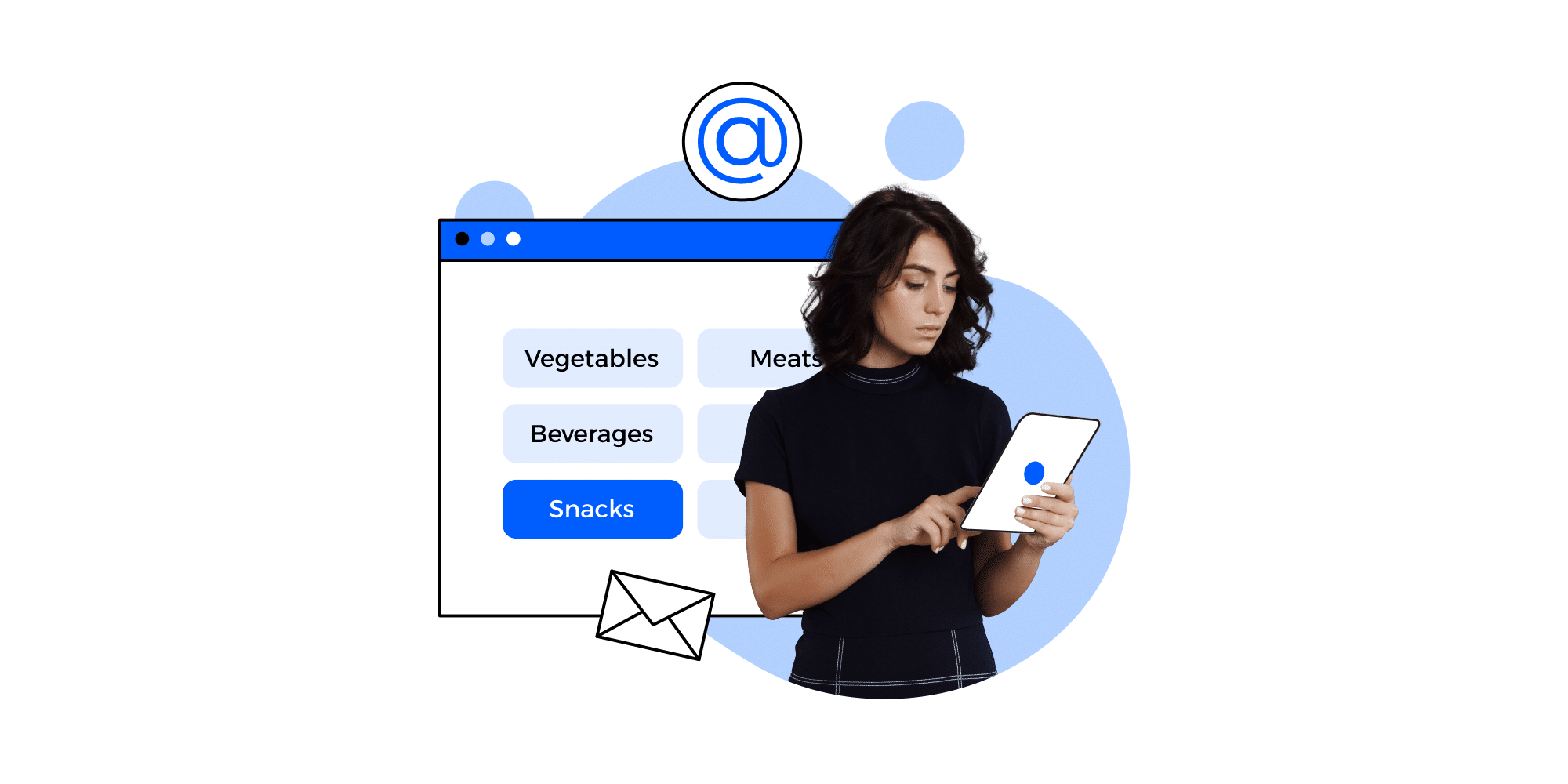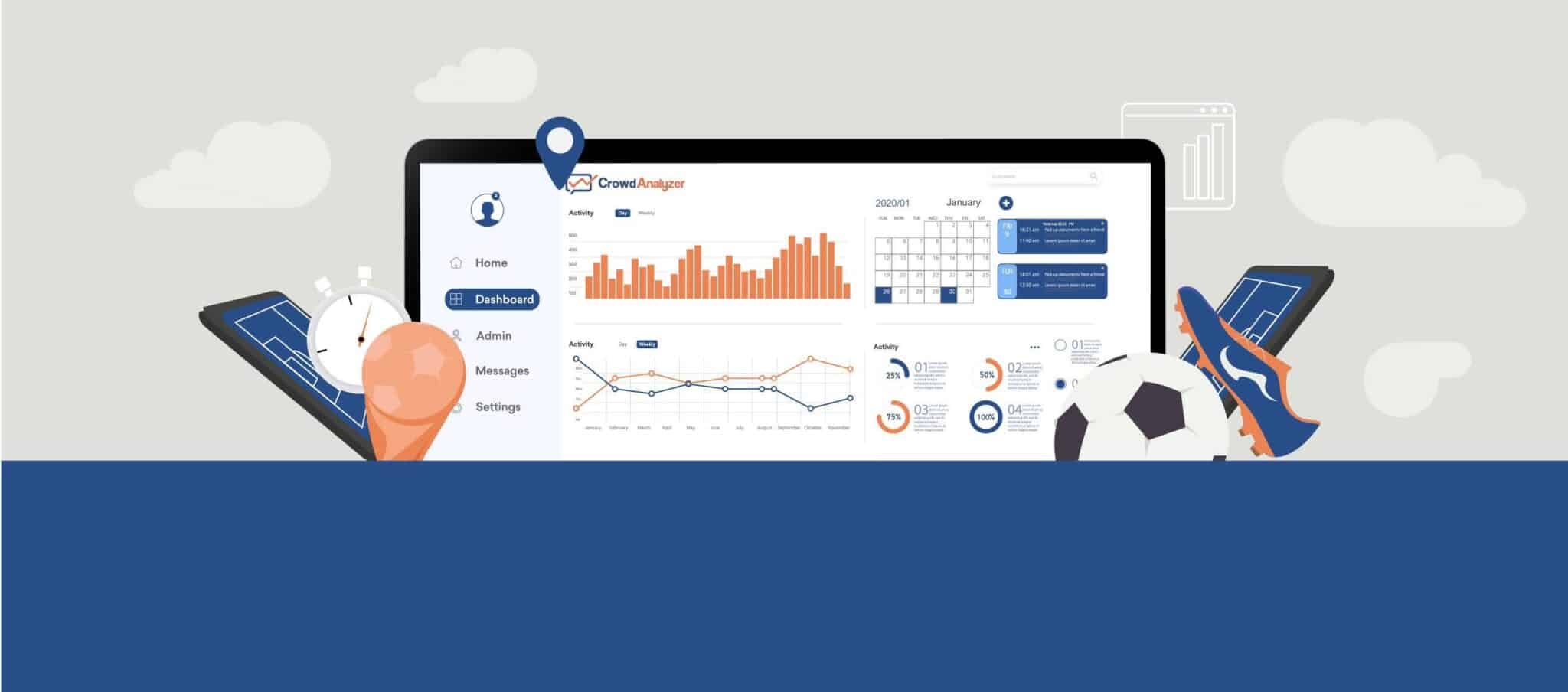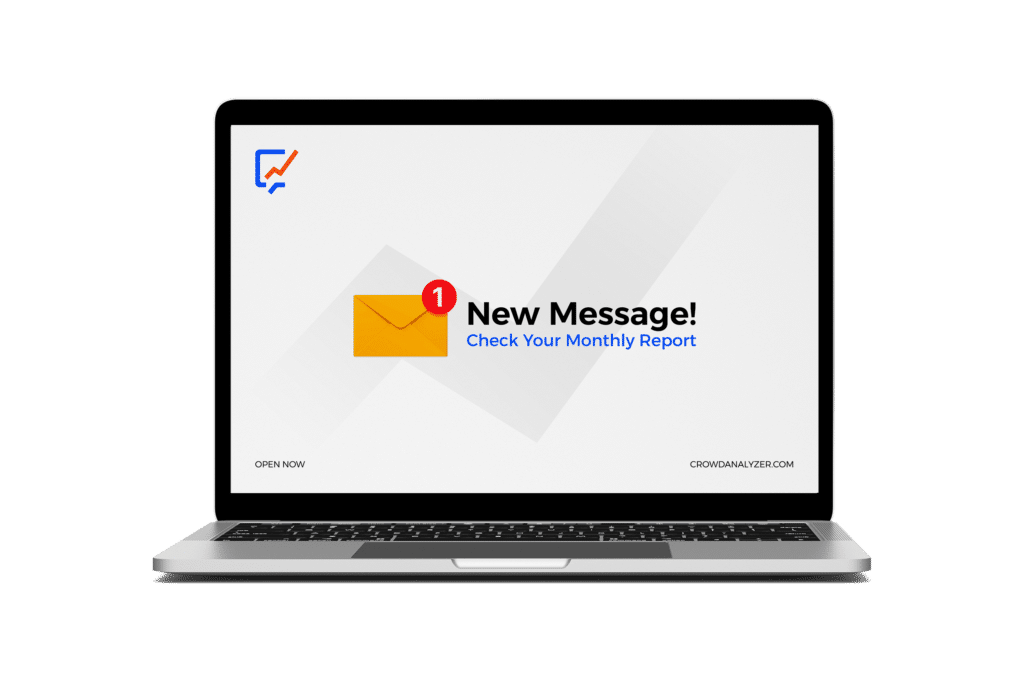2018 has seen the rise of a new marketing phenomena known as Influencer Marketing, which asserted itself as an exceptionally effective marketing stratagem worth capitalizing on. At its base, Influencer Marketing is a hybrid of old and new marketing tools: it reframes the concept of celebrity endorsement in a modern day content-driven context.
Who are influencers?
Influencers are fundamentally ordinary individuals that managed to cultivate a follower base through sharing common interests, relevant content or authentic reviews. In other, influencer marketing entails marketing your products to individuals that have an influence over other people’s purchasing decisions. Marketing to a crowd influencers is comparable to word of mouth marketing but without the strict reliance on explicit recommendations but a rather more intimate and implicit integration of the product in a relevant and authentic context.
How can you measure an influencer?
Before choosing the influencer that will be a good fit for your brand comes the challenge of identifying an influencer. Influencers are commonly categorized according to the size of their follower base. Differentiating between the different classes of influencers is a first step:
- Mega: Have millions of followers, and typically famous.
- Macro: – 100K to 1 million followers.
- Micro: – Less than 100k followers
Most common type of influencer
While there are a number of parameters that set an influencer apart from the ordinary social media users such as number of followers and engagement rates manually scrutinizing such metrics can be time consuming and fruitless. Accordingly, different marketing tools have emerged to help you both identify and measure influencers.
- Influencer Marketing tools
An easy and efficient way to spot influencers is through the use of influencer marketing tools which not only identify influencers but also provide valuable insights about them. Such tools offer relevant data about an influencer’s social presence, including:
- Number of followers.
- Engagement rates.
- Follower demographics (age & gender).
- Relevant links to blogs and other social channels.
- Location.
Some of these tools not only help you come across influencers but can also help you connect with them. Such platforms include: Social Bond, NinjaOutreach and GroupHigh.
- Using Social Media Listening tools
An alternative for tracking down influencers is making use of social media monitoring tools. This method can help you discover influencers that might be more relevant to your needs. Tools such as Crowd Analyzer allow you to monitor relevant keywords from your audience and see the top sharers. Accordingly you get to see what your audience is engaging with and who’s getting them engaged. How you can do this?
- Monitoring keywords and regularly checking your results; social media listening tools like Agropulse, Hootsuite and Sprout Social put forward this feature. Users receiving regular and substantial engagement from your target audience are influencer’s worth considering.
- Opting for pro social media listening tools such as Crowd Analyzer can save you both time and effort as the platforms can generate an automated report featuring top authors, in terms of followers and engagement, based on the keywords of interest. What more, the tool can even provide you with an insightful competitive analysis of different influecners.
How can you measure the influencer campaign?
When partnering with an influencer it can sometimes be difficult to keep track of the results of the campaign. There are different ways to evaluate your influencer marketing campaign’s impact, selecting the right measurement technique starts by pinpointing the objectives you aim to achieve through the campaign.
To be able to measure the effectiveness of your partnership, clear and measurable marketing goals should always be set first. Here’s a list of 3 useful analytical approaches to consider:
1. Measuring Visibility via Followers, Post Impressions, and Referral Traffic:
One of the key elements of the ROI for any influencer campaign is reach. Measuring how far your brand message has journeyed will definitely help you know if things are going in the right direction! The farther you go the higher the potential sales your campaign can bring in. A message’s reach is highly correlated to the patterned influencer’s personal reach.
An influencer’s reach can be gauged by measuring specific KPIs such as:
- Number of followers.
- Traffic data: Amount traffic being directed to your site.
- Impressions: Number of times your message appears to the target audience.
The aforementioned metrics can be extracted from the social media profiles with the help of different social media monitoring tools.
2. Measuring Engagement through Shares, Likes and Comments:
Another focus of many campaigns is target audience engagement; engagement is a key point for tracking long term ROI as it gives a measure of the brand loyalty you’re instilling in your customers.
Tracking the following metrics can help you determine the engagement rate your partner is generating for your brand:
- Likes: More likes means your content is getting more attention and can potentially enhance your content’s ranking and visibility on Facebook.
- Reactions: Reactions go further than likes as they require more effort indicating higher interest.
- Shares: The number of shares indicates that your target audience identifies with and approves your content. Getting a share is similar to getting endorsed by your customers.
- Comments: Indicate that your content is garnering interest.
- Brand mentions: Direct mentions of the brand ensure your brand is being discussed and simultaneously raising brand awareness.
- Sentiment Analysis: Some tools such as Crowd Analyzer can make you take that extra mile and even analyze the overall sentiments your content is stimulating.
3. Alternatives measures:
Another option when wishing to monitor the performance of an influencer campaign is assigning them with a unique promo code they can share with their audience. Consequently, each time the code is used you can attribute that revenue to the influencer.
When running awareness campaigns you can use social media monitoring tools to keep an eye on branded hashtags and see how much attention an influencer is bringing your way.
Engagement is a vital sign of how your relationship with customers is developing; it’s imperative to closely monitor and guide the course you’re relationship is going in.
Are Micro-Influencer the way to go?
The Influencer marketing playing field seems to be shifting away from a heavy reliance on Mega and Macro-influencers to more partnerships with Micro-influencer.
Micro influencers are social media users who lack the celebrity status yet have a considerable to modest follower base. Micro-influencers are closer to the ordinary social media user and thus have more credibility and with their partnerships come several added benefits that don’t exist when partnering with bigger influencers:
- Engagement rates are 60% higher than traditional celebrity influencers.
- Campaigns are cost effective ( 6.7 times more cost-efficient per engagement).
- Average weekly conversations are 22.2 higher when partnering with micro-influencers.
According to a study by Expertcity, Micro-Influencers:
- Are trusted: 94% believe that micro-influencers are highly knowledgeable.
- Are influential: 82% of consumers are highly likely to follow a recommendation made by a micro-influencer.
People trust micro-influencers as they are personally invested in their content. The trust and engagement they spur adds credibility and authenticity to your brand’s products and marketing endeavors. This trust is essentially rooted in people viewing micro-influencers as ordinary people, just like them, and hence being able to relate and identify with their content.
All in all, micro-influencers are a trusted source of recommendations; keeping in mind that trust is a cornerstone for purchasing decisions.
What to say?
After the identification and selection process comes the integral phase of creating the content your partner will share. Now, it comes down to the question; should we explicitly market for or subtly integrate the product?
When your goal is to engage your target audience and a positive brand affinity simply having your product presented by an influencer might come off as spam or a typical advertisement that people are averse too and tend to avoid.
Your content should aim to reach and resonate with your niche through the narrative of a story of the brand’s impact in the influencer’s life; the audience needs to feel that the influencer is speaking through his own voice not having content force-fed.
Directly or indirectly marketing for your product isn’t the point of focus but rather how you package and present the content is the key element to look out for. Viable options include:
- Sharing their honest experience with product/brand.
- Sharing personal stories that involve the brand and its impact on his life.
The main take back is that creating content people believe and can relate to ; when they feel that the content authentic the element of trust won’t be compromised even though the influencer is getting paid to advertise.
All that being said, what should you do now?
Influencer marketing is about establishing an honest, unique and legitimate relationship involving consumers, the brand and the influencer. Brands that will be able to fully capitalize on this marketing medium are those who will treat influencers as partners rather than marketing strategies. The more the influencer feels connected to the brand the more invested he’ll be in promoting your products; and your target audience is definitely more likely to become a customer when they feel the influencer genuinely interest in the brand.
Influencers posses the following, trust and influence to sway a target audience into loving, purchasing from or leaving your brand. Creating a long term positive relationship between the influencer and your brand is the bedrock of a successful marketing campaign; especially when 92% of consumers trust word-of-mouth recommendations above all other forms of advertising!



























